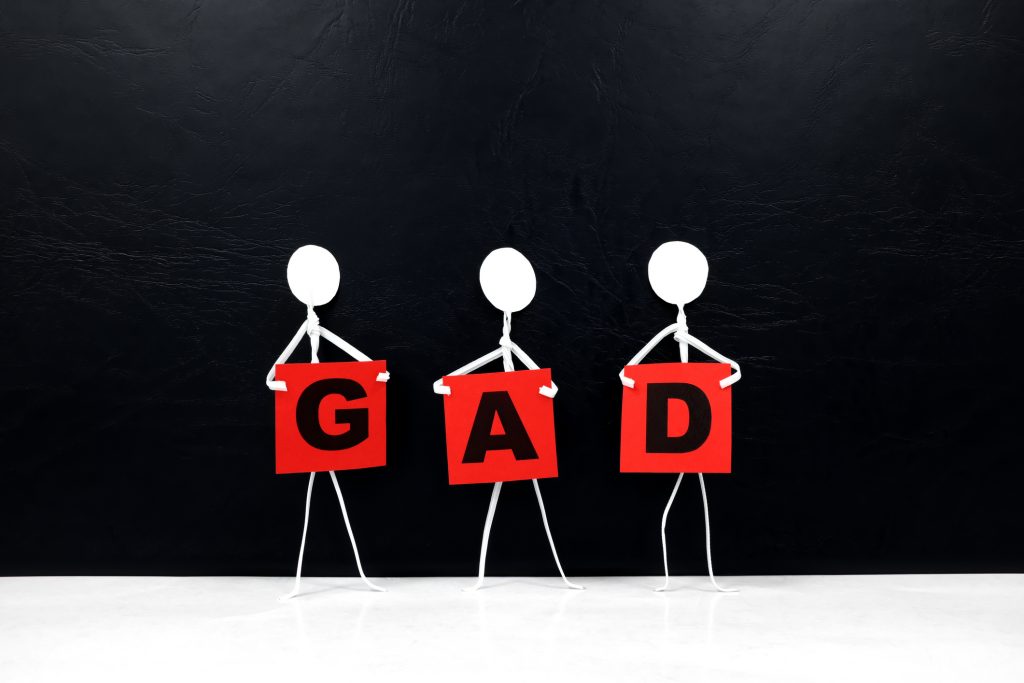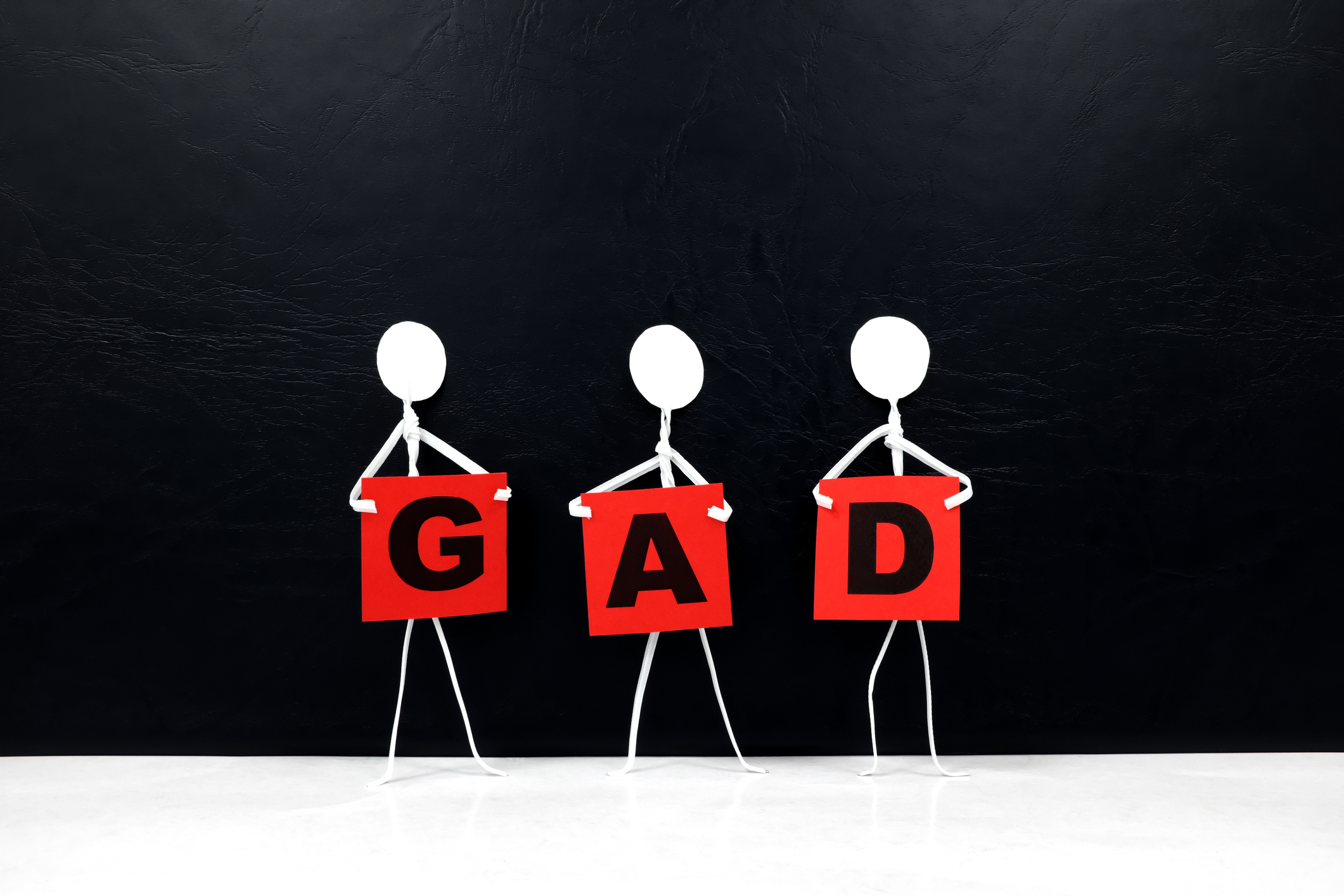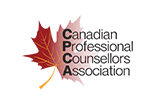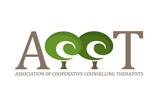
Generalized anxiety disorder, or GAD for short, is an ongoing feeling of anxiety and stress that impedes a person’s quality of life (“Generalized anxiety disorder, 2017”). While feeling anxious and worried at times is entirely normal for most people, it can become more of a problem if such a feeling becomes consistent over time. When excessive anxiety happens, this can be the result of GAD (“Generalized anxiety disorder, 2017”). Also known by some as “chronic anxiety neurosis”, GAD is defined by excessive and uncontrollable feelings of worry over long periods of time (Legg & Carey, 2020). Such feelings include worrying even when there’s no actual danger there for the person to worry about (Legg & Carey, 2020).
Read on to find out what else you should know about this extremely common mental condition, and how to help others treat it as a professional counsellor.
What Are Some of the Symptoms of Generalized Anxiety Disorder?
People with Generalized Anxiety Disorder can experience the disorder in numerous ways that make it difficult for them to live a healthy daily life. Examples of these include procrastination, perfectionism, list-making, difficulty making decisions for themselves, seeking frequent reassurance, and trouble tolerating uncertainty (“Generalized Anxiety Disorder”, 2020). Although GAD has drawn comparisons to other types of anxiety disorders, like obsessive-compulsive disorder (OCD) and panic disorder, it is not synonymous with those conditions (“Generalized anxiety disorder,” 2017). When a person has GAD, it can make completing tasks in an efficient manner more difficult, as well as create a greater risk of depression and loss of energy (“Generalized anxiety disorder,” 2017).
Symptoms of GAD can be wide-ranging. They include overthinking, problems with concentration, persistent worrying, indecisiveness, and difficulty relaxing (“Generalized anxiety disorder,” 2017). (finish). Physical symptoms of GAD are also common, such as insomnia, sweating, irritability, muscle aches, fatigue, and even nausea (“Generalized anxiety disorder,” 2017). Other examples of physical discomfort related to GAD include fidgeting, restlessness, and increased heart rate (“Generalized Anxiety Disorder”, 2020).

What Causes This Type of Anxiety Disorder?
The factors that directly or indirectly cause GAD can vary, and can also be complex in nature. Examples of such factors include perception of threats, genetics/family history, timid personalities, development, and brain chemistry (“Generalized anxiety disorder,” 2017). Those aspiring to become a counsellor should also be aware that GAD can lead to other mental disorders later in life, as well as its tendency for early onset in those who have it (Kessler, Keller, & Wittchen, 2001). More specifically, GAD can lead to PTSD, OCD, panic disorder, phobias, and/or suicidal thoughts (“Generalized anxiety disorder,” 2017).
Another significant factor behind GAD can be the person’s past life experiences. If that person suffered some form of trauma (e.g. abuse during childhood) or drastic life changes, generalized anxiety disorder and other such conditions can become a greater risk (“Generalized anxiety disorder,” 2017). Worries associated with GAD can also come from everyday factors, such as family, friends, school, work, and being late for appointments (“Generalized Anxiety Disorder”, 2020).
How Can You Help Clients When You Become a Counsellor?
The most common solutions provided to many people living with GAD are medications and therapy, though lifestyle adjustments and learning coping skills are also suggested forms of assistance (“Generalized anxiety disorder,” 2017). A 2017 study talks about how cognitive behavioural therapy (CBT) can be used to help clients with generalized anxiety disorder (Borza, 2017). This is due to the fact that CBT has been found to reduce feelings of worry in clients, while providing them with the tools to help them reframe pathological anxious thought patterns into normal, healthier ones (Borza, 2017).
A form of therapy like CBT can be especially helpful for those with GAD, as it’s a disorder that’s often characterized by worrying about possible negative “what if?” outcomes that may happen in the future, even when there’s no real danger present (“Generalized Anxiety Disorder”, 2020). Another research study suggests motivational interviewing to be used in tandem with CBT, in order to help clients more clearly understand what is motivating their feelings of anxiety, and why outgrowing their thought patterns is challenging for them (University of Massachusetts at Amherst, 2016).

As students in professional counselling training learn how they can help clients with their mental wellness, past traumas, and other areas of life they may seek counselling for, there are several tools a counsellor can suggest to help make living with GAD easier. These include suggesting that clients try a new approach to prioritizing the kind of energy they put toward their anxieties in life, as well as keeping a journal to help them make more sense of their stress (“Generalized anxiety disorder,” 2017).
Symptoms of GAD can also be intensified by increased substance use, with anxiety potentially resulting from efforts to quit consuming addicting substances like coffee, drugs, or alcohol (“Generalized anxiety disorder,” 2017). With this in mind, helping clients engage in healthier lifestyle habits can be beneficial to them. This can include suggestions to avoid using these substances, as well as getting longer hours of sleep each night, talking with loved ones about their condition, eating healthier, and increasing exercise (Legg & Carey, 2020).
Are you interested in taking counsellor courses?
Contact Rhodes Wellness College today!
Works cited:
Borza, L. (2017). Cognitive-behavioral therapy for generalized anxiety. Generalized Anxiety Disorders Dialogues in Clinical Neuroscience, 19(2), 203-208. doi:10.31887/dcns.2017.19.2/lborza
Generalized anxiety disorder. (2017, October 13). Retrieved March 04, 2021, from https://www.mayoclinic.org/diseases-conditions/generalized-anxiety-disorder/diagnosis-treatment/drc-20361045
Generalized Anxiety Disorder. (2020, August 06). Retrieved March 04, 2021, from https://www.anxietycanada.com/disorders/generalized-anxiety-disorder/
Kessler, R. C., Keller, M. B., & Wittchen, H. U. (2001). The epidemiology of generalized anxiety disorder. The Psychiatric clinics of North America, 24(1), 19–39. https://doi.org/10.1016/s0193-953x(05)70204-5
Legg, T. J., & Carey, E. (2020, April 3). Generalized Anxiety Disorder. Retrieved March 4, 2021, from https://www.healthline.com/health/anxiety/generalized-anxiety-disorder
University of Massachusetts at Amherst. (2016, March 21). Improving therapy for a very common disorder, generalized anxiety: Research offers promising new approach. ScienceDaily. Retrieved March 3, 2021 from www.sciencedaily.com/releases/2016/03/160321153941.htm









